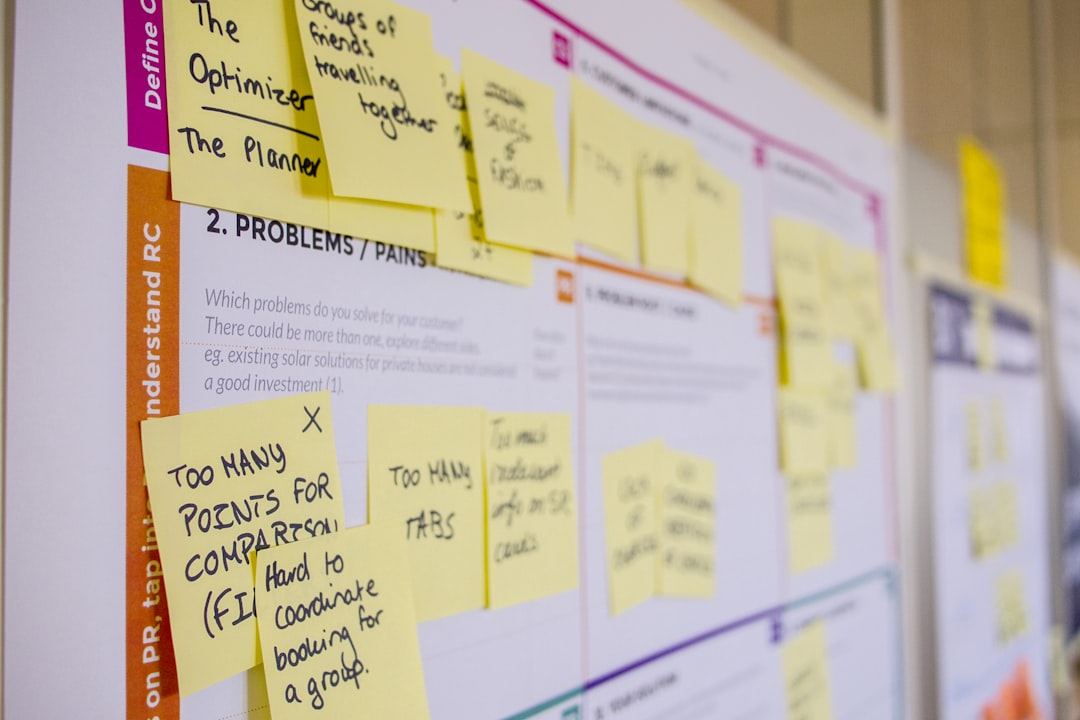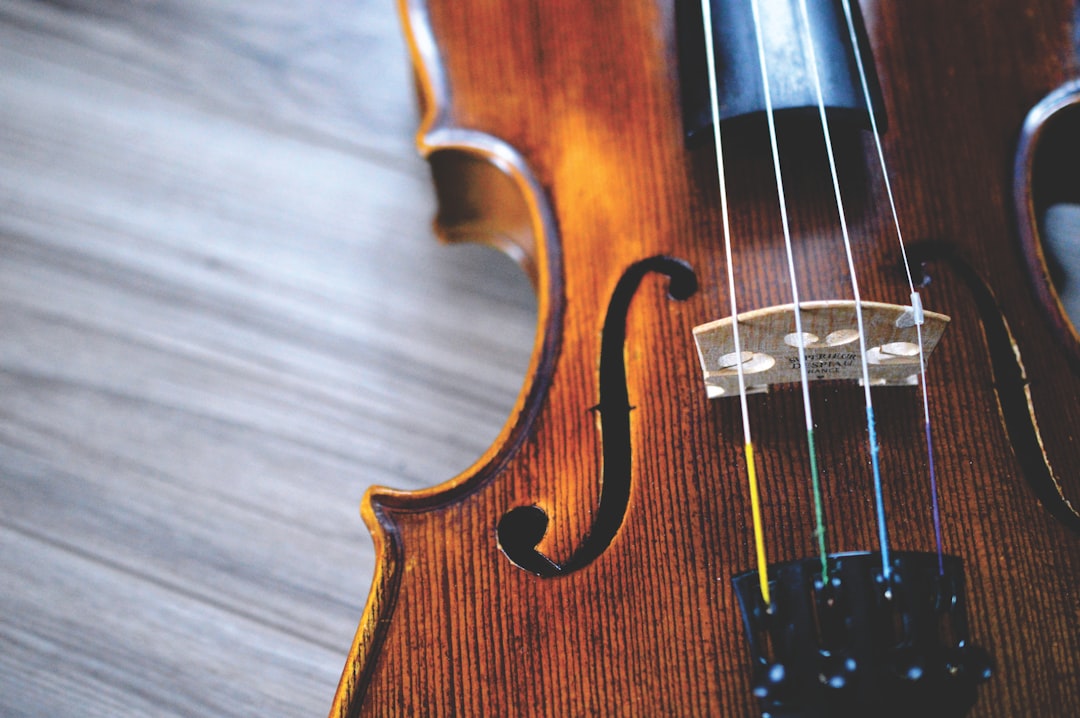What is it about?
Are childhood, youth, and adolescence, fixed stages in lifetime, experimented in essence in the same way all around the world? In the article I argument how these categories respond to a modern and hegemonic Western expression of classification that accounts for biologically conditioned stages, and how problematizing two concepts: “experiences” and “transitions” we can understand better the way in which younger generations live through and express the world that surrounds them, emphasizing on the individuals going through the early stages of their life as active subjects in a conscious relationship with the world. I explain the argument with my anthropological fieldwork in northeastern Argentina, in the southern part of the Paraná jungle.
Featured Image
Why is it important?
While social studies on transitions have usually covered the passages in between the chronological stages of life ages, their connection with the experience concept stresses the active and dynamic processes of life age boundaries, where children, adolescents, and youth undergo horizontal and vertical passages day after day in a constant overlapping and co-existing framework, not deprived of conflict-ridden scenarios. My work explains why when living through certain time spans, time seems “to go by much more quickly” than in other cases due to the fact that the young people is placed in heterogeneous experience structures.
Read the Original
This page is a summary of: Temporal dimensions of childhood, youth, and adolescence experiences: A conceptual discussion, Global Studies of Childhood, October 2016, SAGE Publications,
DOI: 10.1177/2043610616671067.
You can read the full text:
Contributors
The following have contributed to this page










